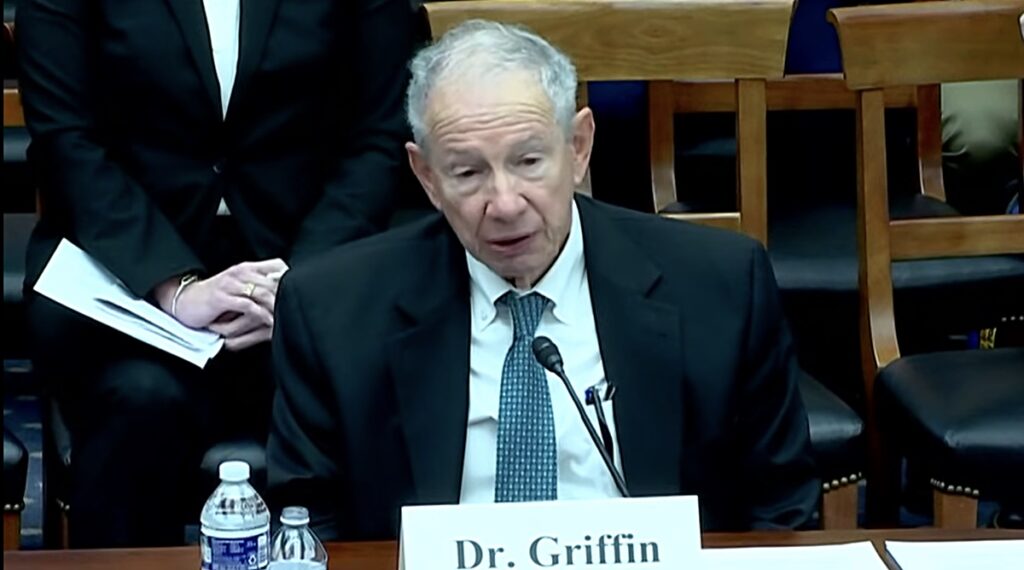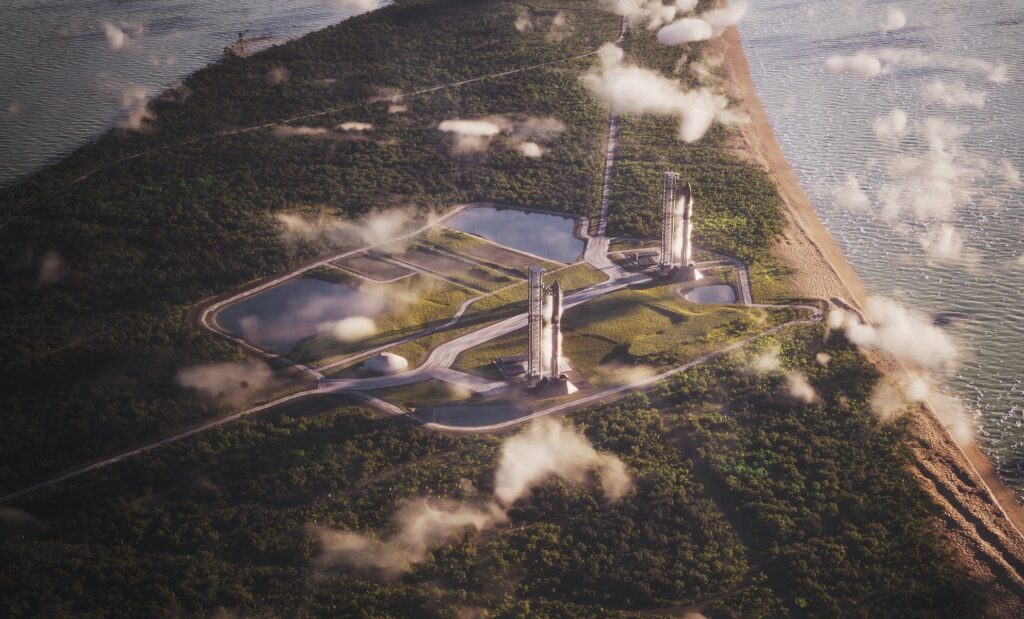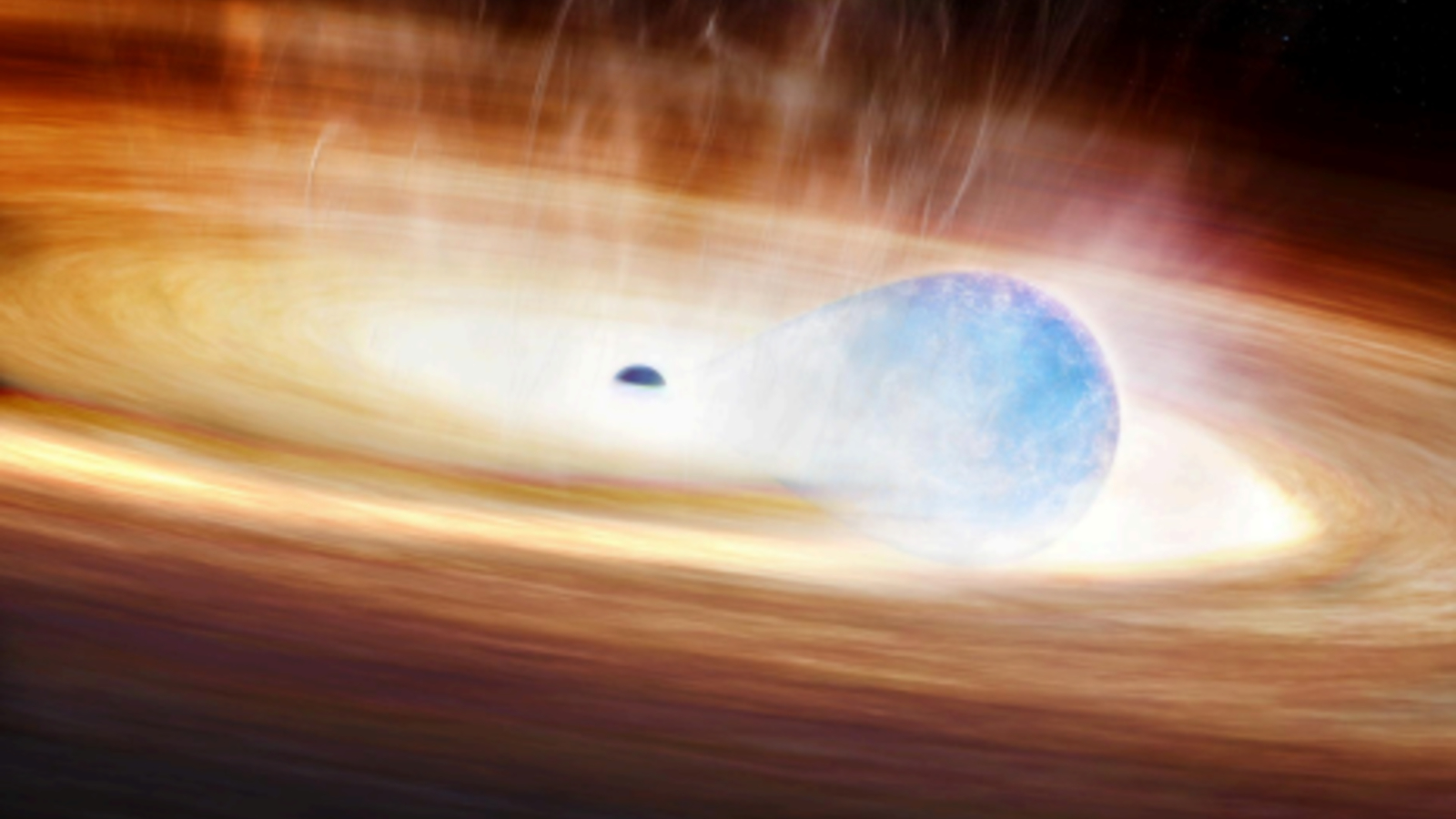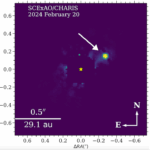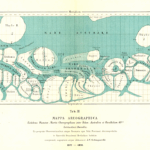Now Reading: Impulse Space sees strong demand for GEO rideshare program
-
01
Impulse Space sees strong demand for GEO rideshare program
Impulse Space sees strong demand for GEO rideshare program

SALT LAKE CITY — A year after announcing plans to offer rideshare missions to geostationary orbit, Impulse Space says the demand has been strong enough to plan an annual series of them.
At last year’s Small Satellite Conference, Impulse Space said it would offer rideshare missions to GEO using its high-energy Helios orbital transfer vehicle under development. The company said it was prompted to offer the service by the number of “microGEO” spacecraft under development with masses of one ton or less.
“We’re going to gauge the demand and see if it’s real,” Tom Mueller, founder and chief executive of Impulse Space, said at the time.
A year later, Impulse has concluded the demand is real. “Twelve months ago, we got up here and we were saying that we think there is a market for GEO rideshare,” said Joshua Rea, director of commercial sales at Impulse, during an Aug. 12 presentation at the Small Satellite Conference here. “Twelve months on, there’s a real market need.”
That GEO rideshare service, which Impulse Space recently named Caravan, will involve an annual series of dedicated Falcon 9 launches of Helios, currently planned for the third quarter of each year. The first mission, Caravan 1, is scheduled for the third quarter of 2026 and is fully booked. Caravan 2 will follow in 2027 and Caravan 3 in 2028.
The missions will use the Helios vehicle to rapidly transfer from an initial low Earth orbit to GEO. One burn shortly after payload deployment puts Helios into a geostationary transfer orbit, while a second about six hours later circularizes the orbit just above GEO. Payload deployment takes place eight hours after launch.
The payloads will be dropped off about 500 kilometers above GEO, allowing payloads to drift at a rate of about five degrees per day to reach their desired orbital slot and then lower themselves into GEO. After deployment, Impulse will then move Helios into a higher graveyard orbit and passivate it.
That process, Rea said, is intended to address any space safety issues about GEO satellite deployments. “It’s important for us to be a responsible operator.”
The Caravan program is modeled on SpaceX’s popular rideshare missions for satellites going to LEO, including form factors and attachment ports. “Essentially, if you are designing your spacecraft for the SpaceX rideshare program today, it is more than likely that you are going to be compatible with ours,” he said.
A standard dispenser plate is available, with 300 kilograms of payload included and the ability to go to payloads as heavy as 700 kilograms. A larger heavy dispenser plate includes 700 kilograms of payload and can support payloads weighing up to 1,400 kilograms. The heavy plates, Rea said, should be able to accommodate most microGEO spacecraft.
Each Caravan mission will be able to carry up to four tons of payloads. The company expects to take between 18 and 24 months from contract signing with a rideshare customer to launch of that customer’s payload.
Rea said that Impulse offers “very clear and transparent” pricing for Caravan missions based on payload mass, but didn’t disclose specific prices. “I think you will be hard-pressed to find any other price that’s competitive with this for direct to GEO.”
Stay Informed With the Latest & Most Important News
Previous Post
Next Post
-
 012024 in Review: Highlights from NASA in Silicon Valley
012024 in Review: Highlights from NASA in Silicon Valley -
 02Panasonic Leica Summilux DG 15mm f/1.7 ASPH review
02Panasonic Leica Summilux DG 15mm f/1.7 ASPH review -
 03How New NASA, India Earth Satellite NISAR Will See Earth
03How New NASA, India Earth Satellite NISAR Will See Earth -
 04And Thus Begins A New Year For Life On Earth
04And Thus Begins A New Year For Life On Earth -
 05Astronomy Activation Ambassadors: A New Era
05Astronomy Activation Ambassadors: A New Era -
 06From Polymerization-Enabled Folding and Assembly to Chemical Evolution: Key Processes for Emergence of Functional Polymers in the Origin of Life
06From Polymerization-Enabled Folding and Assembly to Chemical Evolution: Key Processes for Emergence of Functional Polymers in the Origin of Life -
07SpaceX launch surge helps set new global launch record in 2024













